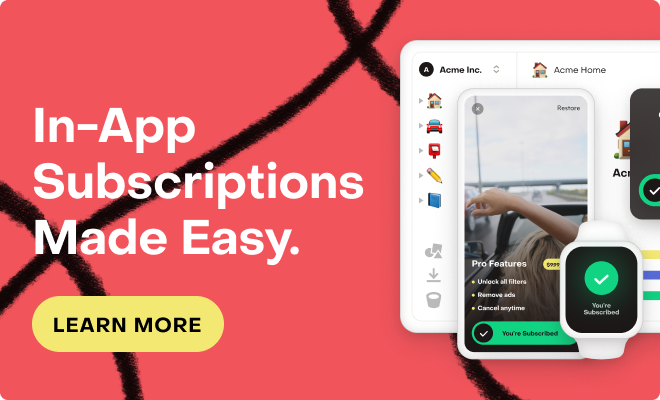I have an app which is available both on App Store and on Google Play.
What should be the correct, expected (or even required) behavior from this app when handling a user’s subscriptions on these two platforms?
I’d like to break this question into the following use cases:
- If the user has an iPhone and purchases a subscription via Apple, should this subscription be also reflected for him if he logs in to the app on an Android device without paying anything to Google? Or should I also require that the user purchases the same subscription via Google if he wants to have access to the Android version paid content of the app?
- Likewise, if the user has an Android device and purchases a subscription via Google Play, should I make the app premium content available for this same user also on the App Store (iOS app version) without the user also paying Apple for the subscription service? (Which I think the answer is probably really NO when looking at it from Apple’s perspective).
In other words: if the user wants to have access to premium features on both platforms (Android and iOS), he should purchase two subscriptions, being one billed by Apple and the other billed by Google? Which means I’ll be having double revenue from this user if he opts to have the app on both platforms? (Which now sounds more sensible to me, because it will be kind of two instances of my service running on different platforms, regardless if it is the same user or not.). It of course also means the user will be getting two invoices every month to maintain his monthly subscription active on both platforms.
Is it possible, allowed or recommended to offer a way for the user to pay only once (either only for Google or only for Apple) and still have access to premium features on both platforms? (Which again sounds a bit weird because it would mean either Google or Apple would be way too nice on giving a subscription for free in practice).
Now in design terms, does this all mean the subscriptions should be regarded as two different products, one charged on Android and the other charged on iOS? I think RevenueCat makes everthing to look like as if it was a single proccess, but it is then actually two twin billing proccess running each one on its on platform. Is that true?




